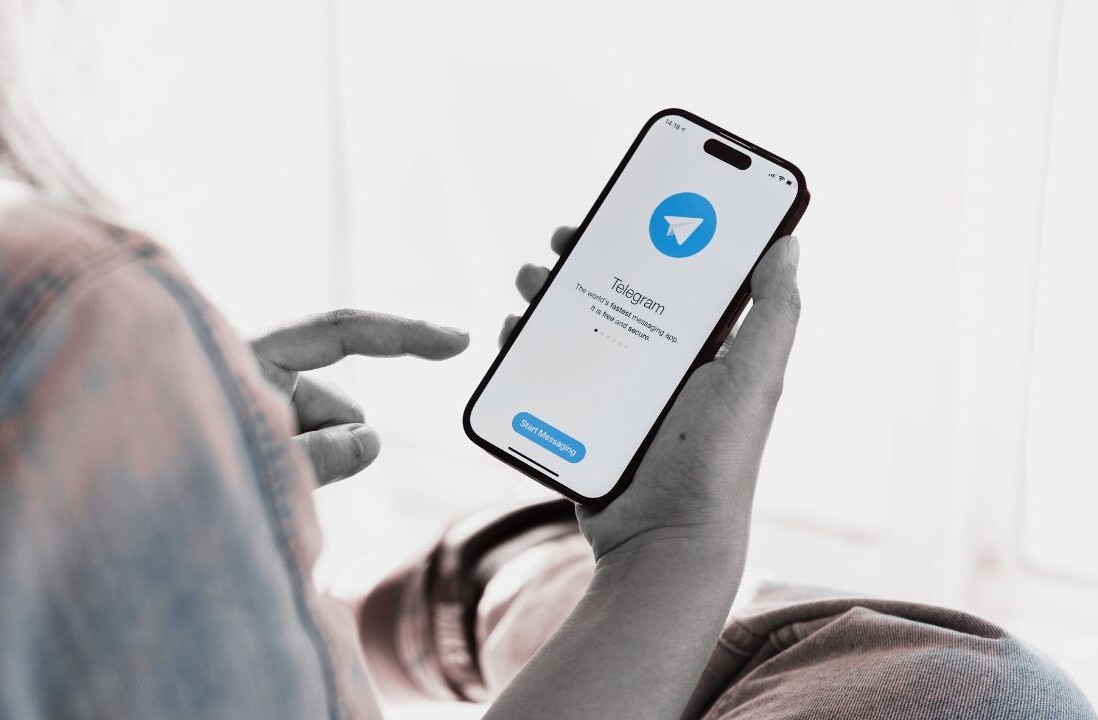
Social media is one of the most powerful channels for driving customer acquisition, but its uses are evolving. Whereas marketers and their peers once favored old media tactics on the social networks, simply broadcasting a brand’s message and hoping that it would resonate with someone, today’s more sophisticated B2B social media pros are using platforms like LinkedIn and Twitter for “social selling.”
B2B buyers favor vendors they’re familiar with and trust, so the most successful social sellers know how to best use the networks to learn about pain points, to gather intelligence, to develop their own personal brands and to interact directly with prospects.
Social selling makes it easier to establish your expertise and credibility, which is necessary to build trust. Social selling helps you reduce, or even eliminate the need to call prospects cold, helps you save time, makes it easier to find new opportunities, improve your customer relationships and improve customer retention.
The tactics involved in social selling were around long before the internet – offline, direct sales companies like Tupperware and Avon have been using social selling for generations. However, while the tactics may be familiar, the tools of the trade are altogether different.
LinkedIn recently released a comprehensive study called “The State of Sales in 2016,” which goes beyond telling us about how social selling works, to show us how actual people, including the top-performing social sellers, are using the tools of their trade. LinkedIn’s approach separates this report from the plethora of data already out there about making the most of social selling tools, to give us real insight into how to make social selling tools work for your business.
Let’s take a look at how people are using digital tools for better social selling.
Social selling tools in the context of overall sales activity
LinkedIn’s data indicates that over two-thirds of sales professionals use social selling tools regularly. These tools allow salespeople to focus on building relationships have the highest revenue impact. What’s more, 90 percent of top-tier salespeople use social selling tools, compared to just 71 percent of overall sales professionals.

Praval Singh, a senior product marketing manager at Zoho, believes that the ability to integrate social selling activity into the big picture of sales operations is pivotal. “The Zoho CRM integration with Zoho Social has enabled us to include social selling as part of our sales and marketing strategy, instead of just a random tactic to generate leads,” he says. “We can now create new leads, and attribute them to the right social network. We can also see the revenue coming from multiple social networks and know which network is working best for us.”
With silos between sales, marketing and data analysis departments being removed, today’s social sellers can take their data-driven insights up a notch by using sophisticated business intelligence platforms. Single-stack, self-service BI platforms like Sisense and Birst allow even the greatest of technophobes to create dashboards with operational relevance that can be viewed from any device.
“Advancements in business analytics software… allow business users to skip the messy spreadsheets and formulas and view their data in one central, graphical and non-threatening dashboard using visualizations and graphical widgets,” Sisense’s VP Marketing Saar Bitner recently wrote. “This is a chance for marketers to start making sense of all the data they’re surrounded in, and to actually start using it to show their true worth to their organizations.”
Now you can funnel all your customer data to a single place, with no prep necessary, to simplify the analysis process. It will make it easier to derive new insights from the data, to make changes to your strategy to impact your overall sales activity.
Game-changing prospecting functionality
According to the LinkedIn report, those who focus on social selling are generating more opportunities. As such, they are 51 percent more likely to hit their sales quotas.
Top performers rely on social networking to build lasting business relationships online and off, allowing them to ultimately close more deals. In fact, nearly 42 percent of respondents indicated that social selling tech’s help with building relationships has had a major impact on their revenues.

How can you find all these people who are worthy of engaging with? If your marketing team is oriented towards generating demand and doing its job well, then the leads will come to you.
And if you need to take a more proactive approach? “If budget allows, I highly recommend trialing LinkedIn’s Sales Navigator – it’s great for cutting through dense contact charts and discarding any outdated information from leads,” says Jérôme Devosse, a regional sales manager at ForceManager, a CRM company. “It also saves time when searching for the right contact details, a potential nightmare when prospecting. I still know a lot of people who use cold calling in order to obtain the name of a director of a specific department, when nine times out of ten, it’s public information.”
Tools like Bontact and Zendesk, moreover, make it easy for salespeople to have conversations with leads on the platform of the prospect’s choice. With Zendesk, inbound inquiries across any number of channels aggregate to one queue, so sales support reps can follow up quickly.
Bontact works similarly, except that it also supports an onsite live chat experience where prospects can choose to move the conversation to any other channel, like phone, email, screen share, text, Skype or Facebook Messenger. This opens up more prospecting opportunities because you can engage with your leads wherever they prefer to be.
“It’s getting easier now for interactions to move from platform to platform, which really puts the consumer in control,” says Sari Roth, Bontact’s founder and CEO. “Sales lead nurturing is at its best when the right message reaches the right person at the right moment. When the customer tells you what he or she wants to discuss with you, how, where and when, that information is a gift that can help close more deals.
Best-in-class sales effectiveness
The LinkedIn “State of Sales” study found that top-performing sales reps are more likely to be frequent users of sales intelligence and social selling tools than their laggardly peers. About three-quarters of the best closers say they depend on their sales intelligence tools, and a similar share says that social selling tools are either “critical” or “extremely critical” to their job performance.

Often, the biggest benefit of using a tech tool is increased efficiency. “With Hootsuite, we can jump back and forth on client accounts and engage people on each of their social media pages while always being logged in on every account,” says Brandon Hoffman, director of digital marketing at KEA advertising agency. “Prior to this, we had to literally have an Excel spreadsheet and log in and out of each account, which can prove to be a nightmare. Hootsuite creates a much more effective environment for you to do business, because instead of wasting time logging in and out of accounts you can wisely spend your time crafting responses that sell.”
“As our social media coordinator, the tool I’ve been really liking is Respond by Buffer,” adds Debbie Chew of Codementor. “I have been using it on a daily basis since the tool was first launched earlier this year. My favorite feature would definitely have to be the ‘Follow Up button, which allows me to remember which potential leads I should get back to – and when is the appropriate time to do so. I think this is really crucial in retaining and converting leads, just like it is for things like drip email campaigns.”
Indeed, building solid relationships is the key to converting a prospect into a paying customer, and keeping those clients happy is the key to increasing overall customer lifetime value. And the more you know about your leads and clients, the better the position you’re in to deliver actual value. This is where sales intelligence tools like Nimble and ZoomInfo can really change the game, thanks to their always-updated data, which can be set to integrate with your CRM, email client and reporting tools.
Don’t forget – it’s more cost effective to sell to a current customer than it is to acquire a new one, and repeat customers are worth more. E-commerce platform BigCommerce found that the top 10 percent of customers spend an average of three times more than the bottom 90 percent, and the top one percent of customers spend an average of five times as much.
Learn from pros to excel at social selling
The data suggests that your sales success is closely related to your wiliness to adopt business intelligence and social selling tools.
This trend is projected to continue growing over time, too, as tech-savvy millennials grow older the wider pool of sales professionals becomes increasingly dependent on tools to help them build and manage customer relationships.
Get the TNW newsletter
Get the most important tech news in your inbox each week.





